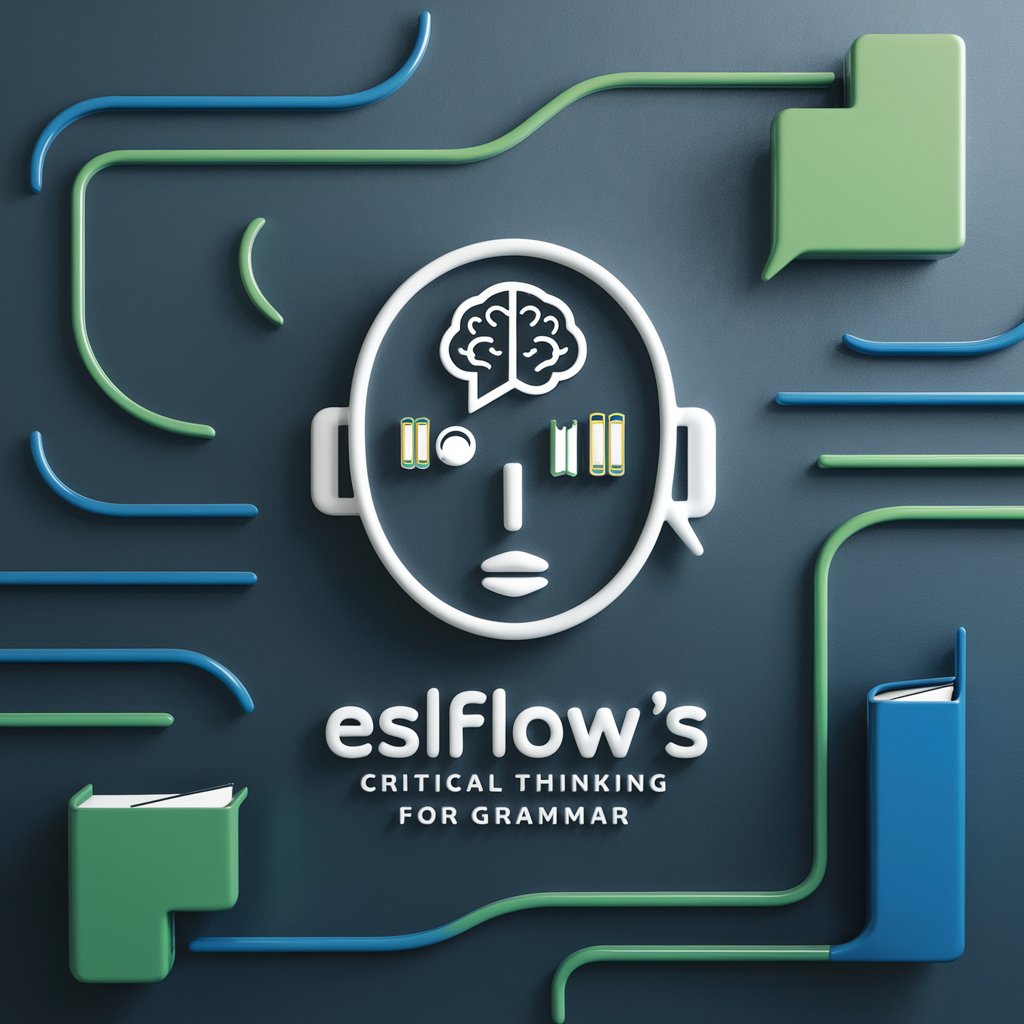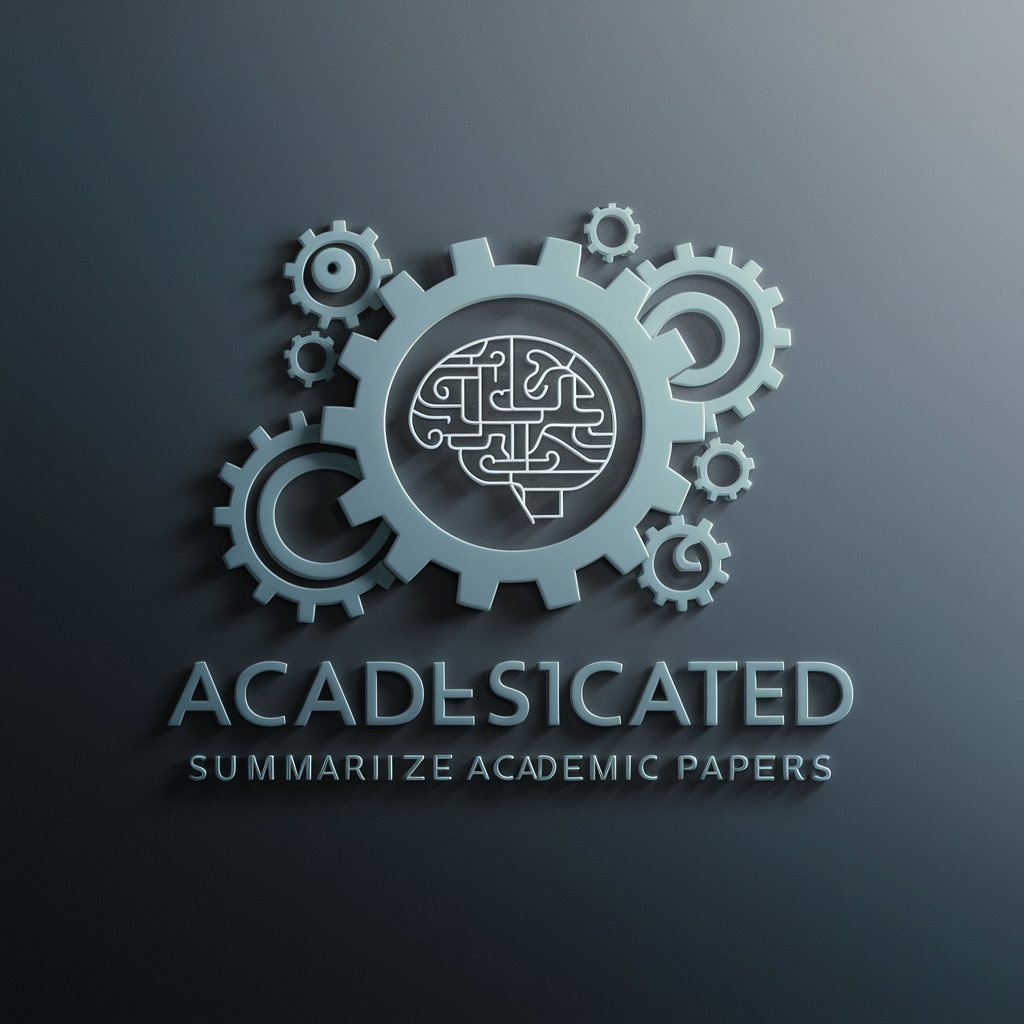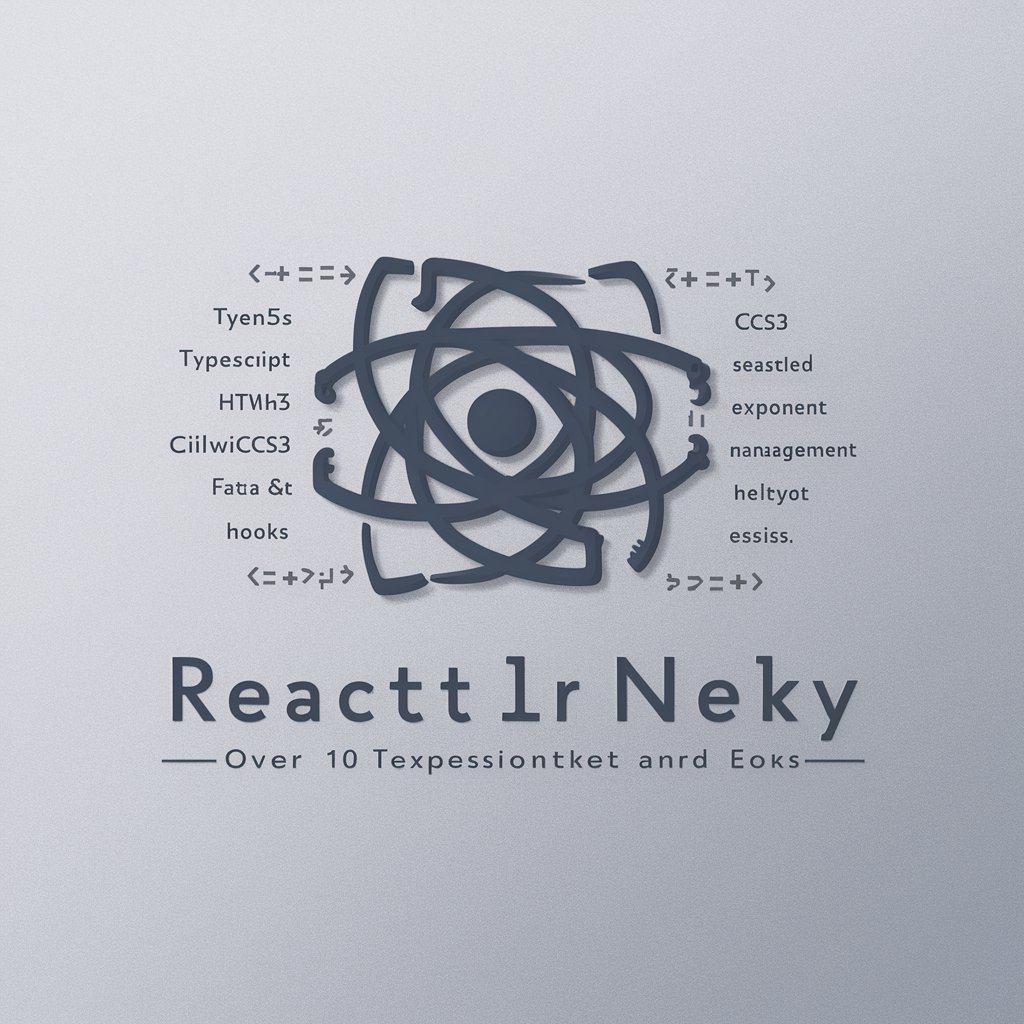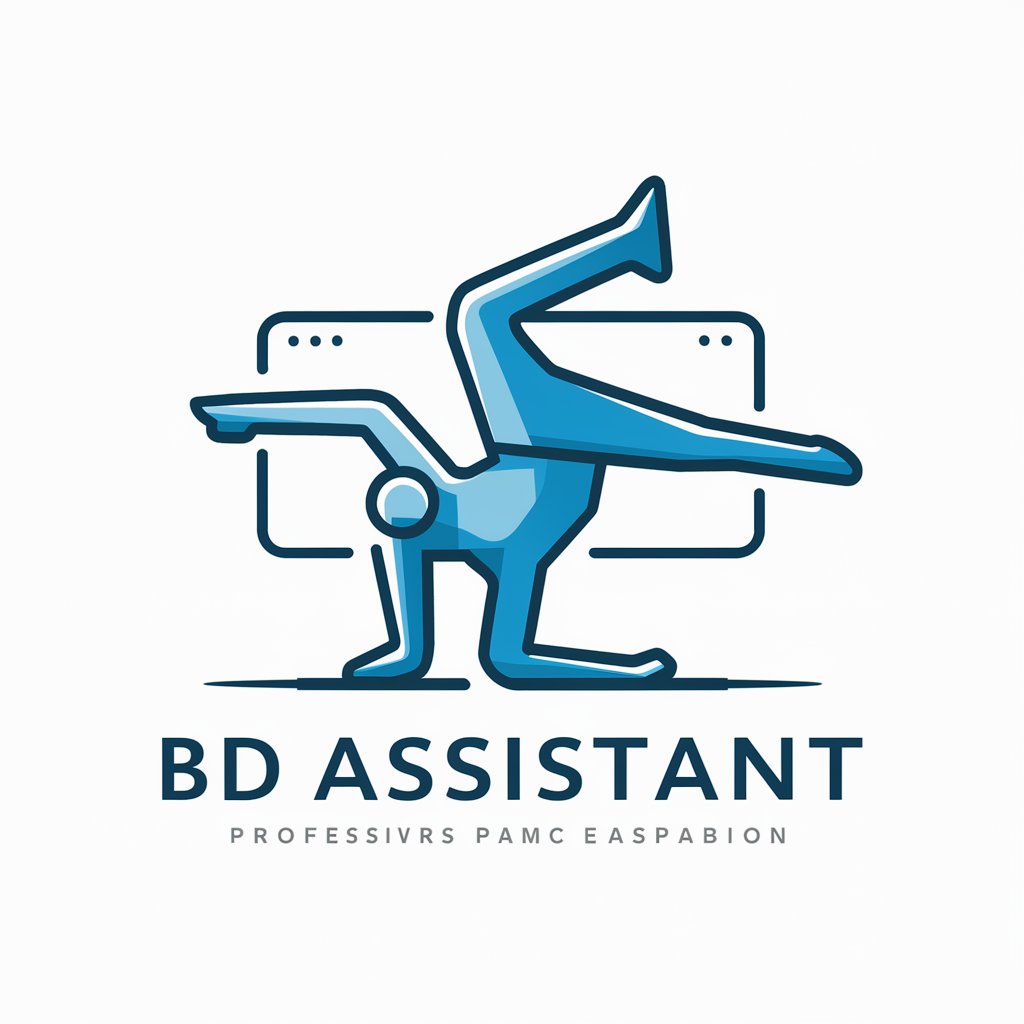
Critical Thinking for Grammar - Grammar and Critical Thinking Boost

Welcome! Ready to boost your critical thinking and grammar skills?
Empowering grammar with AI-driven critical thinking.
Rank the following reasons why someone might choose to learn a second language...
Agree or disagree with the following statement: 'Critical thinking is essential for mastering grammar.'
Classify the following sentences based on their verb tenses...
Complete the following sentences to express your daily routine using the past simple tense...
Get Embed Code
Introduction to Critical Thinking for Grammar
Critical Thinking for Grammar is designed as a specialized tool to enhance language learning by incorporating critical thinking into grammar exercises. It focuses on creating a dynamic learning environment where English as a Second Language (ESL) students can engage in activities that challenge their analytical, interpretive, and expressive skills in conjunction with improving their grammatical accuracy. By integrating tasks such as ranking exercises, agree/disagree prompts, sentence transformation, and more, the tool aims to make grammar practice not just about memorization but about understanding context, nuance, and usage. For instance, in a ranking exercise, students might be asked to order responses based on enthusiasm, requiring them to analyze language tone and implications, thereby deepening their comprehension of subtle language differences. Powered by ChatGPT-4o。

Main Functions of Critical Thinking for Grammar
Ranking Exercises
Example
Ranking responses from most to least enthusiastic.
Scenario
Used in a classroom setting to discuss varying degrees of politeness and enthusiasm in accepting invitations, enhancing students' sensitivity to connotations.
Agree/Disagree Exercises
Example
Students express their agreement or disagreement with statements using proper justification.
Scenario
Facilitates debate in language learning platforms, encouraging students to use grammatical structures to support their viewpoints.
Sentence Transformation Exercises
Example
Transforming sentences from active to passive voice.
Scenario
Helps students understand voice changes in writing, improving their ability to paraphrase and enhancing writing diversity.
Create the Questions for These Answers
Example
Formulating questions that correspond to given answers.
Scenario
Improves question formation skills in a tutoring session, focusing on auxiliary verbs and question structure.
Opinion Statement Agree/Disagree Exercises
Example
Students discuss their positions on various statements, using grammatical structures to articulate reasons.
Scenario
Used in online forums or discussion groups, promoting critical thinking and the use of complex sentence structures.
Ideal Users of Critical Thinking for Grammar
ESL Students
Learners of English as a second language at intermediate and advanced levels who seek to improve their grammar through contextualized practice. These users benefit from the nuanced understanding and application of grammatical rules in various scenarios.
Language Teachers
Educators looking for innovative ways to integrate critical thinking into their grammar lessons. They can use these exercises to stimulate discussion, encourage deeper understanding, and provide a more engaging learning experience.
Self-Learners
Individuals studying English on their own who want to challenge themselves beyond traditional grammar exercises. These users benefit from the critical thinking components that help bridge the gap between understanding grammar and using it effectively in real-life communication.

How to Use Critical Thinking for Grammar
1
Start your journey by accessing a free trial at yeschat.ai, where you can explore Critical Thinking for Grammar with no need for login or a ChatGPT Plus subscription.
2
Choose a learning module that aligns with your current skill level and objectives. Modules range from beginner to advanced levels, focusing on different aspects of grammar and critical thinking.
3
Engage with the interactive exercises provided, which include ranking, classifying, sentence transformation, and more, to enhance your grammar and critical thinking skills.
4
Utilize the feedback and example answers provided after each exercise to understand your mistakes and learn the correct usage of grammar in various contexts.
5
Repeat the exercises regularly and explore new modules to continuously improve your grammar and critical thinking abilities, ensuring a well-rounded language learning experience.
Try other advanced and practical GPTs
VC FIRM
Empowering VC Decisions with AI

中医游戏
Embark on a TCM Odyssey

Dream Weaver
Visualize Your Dreams with AI

Jesus AI (biblical)
Divine wisdom, AI-powered guidance

Simple Paper Summary (Japanese)
Simplifying academic papers with AI

Healthy Mindset Mentor
Empowering your wellness journey with AI

GehaltscoachGPT
Empower Your Earnings with AI

React Expert
Empowering React Projects with AI Expertise

BD Assistant
Build Beautiful WordPress Sites Effortlessly

Neon Nexus Odyssey
Craft Your Odyssey, Unveil Your Path

Workflow Wizard
AI-powered workflow visualization made easy

Astro Harmony
Empowering Relationships with AI

Frequently Asked Questions about Critical Thinking for Grammar
What makes Critical Thinking for Grammar unique?
It uniquely combines grammar exercises with critical thinking tasks, offering a more comprehensive learning experience that goes beyond traditional grammar practice by encouraging analysis, interpretation, and problem-solving.
Can beginners use this tool effectively?
Yes, the tool is designed to cater to all skill levels, from beginners to advanced learners, with exercises tailored to gradually enhance both grammar and critical thinking skills.
How often should I use this tool for optimal results?
Regular practice is key. Using the tool for at least 15-20 minutes daily can significantly improve your grammar and critical thinking skills over time.
Is there a way to track my progress?
While direct progress tracking features may vary, the increasing complexity of exercises you're able to complete and the feedback provided can serve as indicators of your improvement.
Can this tool help with academic writing?
Absolutely. The exercises are designed to enhance your grammatical accuracy and critical thinking, which are crucial for developing coherent, compelling academic writing.
